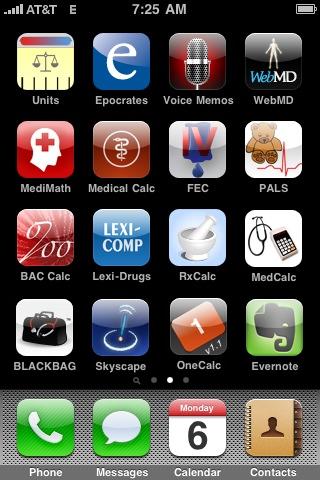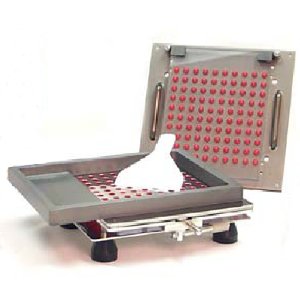It’s not uncommon for our pharmacy to unit-dose liquid medications from a bulk bottle; 5mL Donnatal oral syringes, 20mL SMX/TMP and 15mL chlorhexidine unit-dosed cups, etc. Pulling up oral syringes and filling unit-dose medication cups is a manual and time consuming process.
Wikipedia as a drug reference….bad idea.
Medicine 2.0 Congress blogspot : “Readability of the Top 50 Prescribed Drugs in Wikipedia – Devin explained that a sample of 50 most prescribed drug in United State were selected and the content related to those prescribed drugs in Wikipedia were indentified and saved as HTML files for evaluation. Each Wikipedia entry was analyzed independently … Read more

